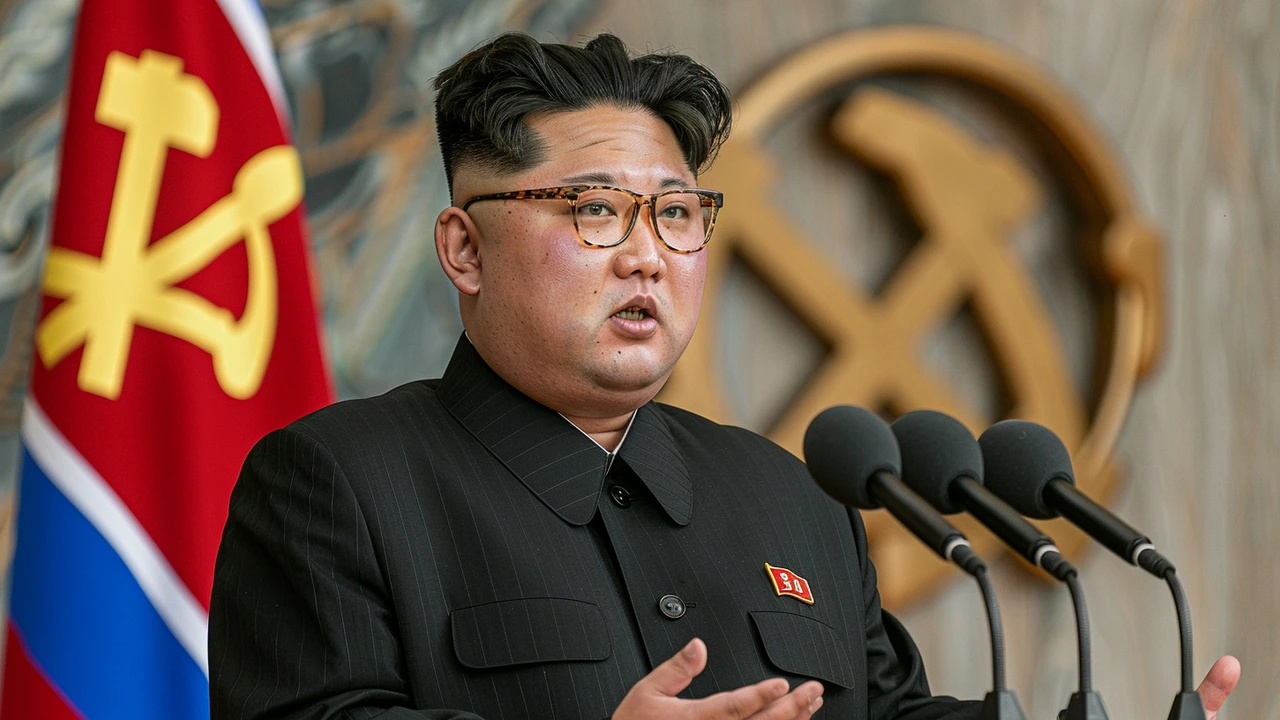Propaganda: How to spot it and what it means for news
Propaganda is information shaped to persuade, not inform. It shows up as selective facts, emotional images, or repeated talking points meant to make you feel a certain way. Knowing how it works helps you judge stories fast and avoid being misled.
Why this matters right now
Propaganda changes what people believe and how they vote, protest or spend. We see it in state messaging, viral social posts, and even in rumours disguised as breaking news. Recent coverage on Desert Rose Daily shows how this plays out: the Guatemalan court decision on journalist Jose Rubén Zamora highlights threats to press freedom; our China crypto story digs into rumour-driven markets; and pieces on political deals show how language and spin shape public reactions.
Simple ways to spot propaganda and verify a story
Use these quick checks every time you see a strong claim or a piece that feels like it wants you to react immediately.
1) Check the source. Where did this story or image come from? Trusted outlets and named reporters matter. Unknown accounts, anonymous posts, or sites with a strong political slant deserve extra skepticism.
2) Look for evidence, not just feeling. Does the story show documents, direct quotes, video, or official statements? If it relies mainly on phrases like "many say" or "experts claim" without naming anyone, treat it cautiously.
3) Watch for emotional language. Headlines or captions designed to anger, scare, or praise loudly are often bait. Propaganda prefers emotions over facts because feelings spread fast on social media.
4) Check dates and context. Old photos or past events repackaged as new are common tricks. A quick reverse-image search or checking the original publication date can kill a false lead fast.
5) Cross-check with multiple outlets. If only one source is reporting a dramatic claim, wait. Reliable stories usually appear in more than one reputable outlet, or they include verifiable primary documents.
6) Use fact-checkers and expert voices. Sites like Africa Check and international fact-checking groups often flag viral falsehoods. Look for reputable experts or official records when possible.
Propaganda doesn’t always come from governments. It can come from activists, companies, or anyone trying to shape a story. The trick is to slow down: pause before sharing, look for named sources, and compare coverage. Desert Rose Daily tags stories that touch on misinformation and media spin so you can follow related reporting — like the pieces on press freedom, crypto rumours, and political messaging mentioned above.
Want regular tips? Bookmark this tag and check back when a big story breaks. It helps you stay informed—and not manipulated.

